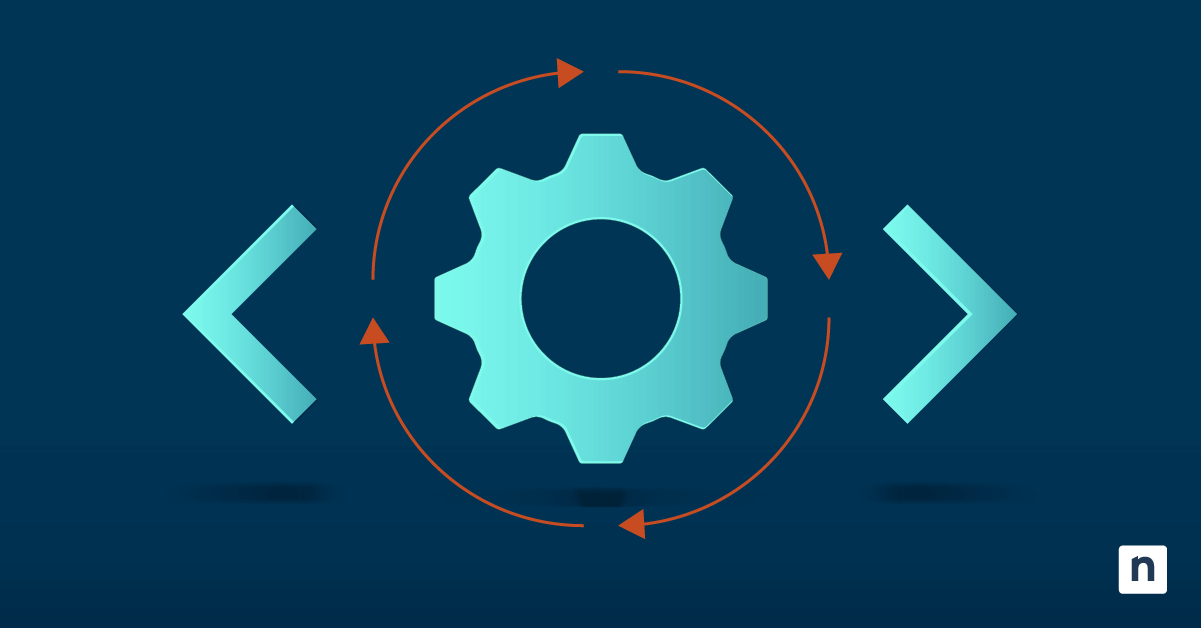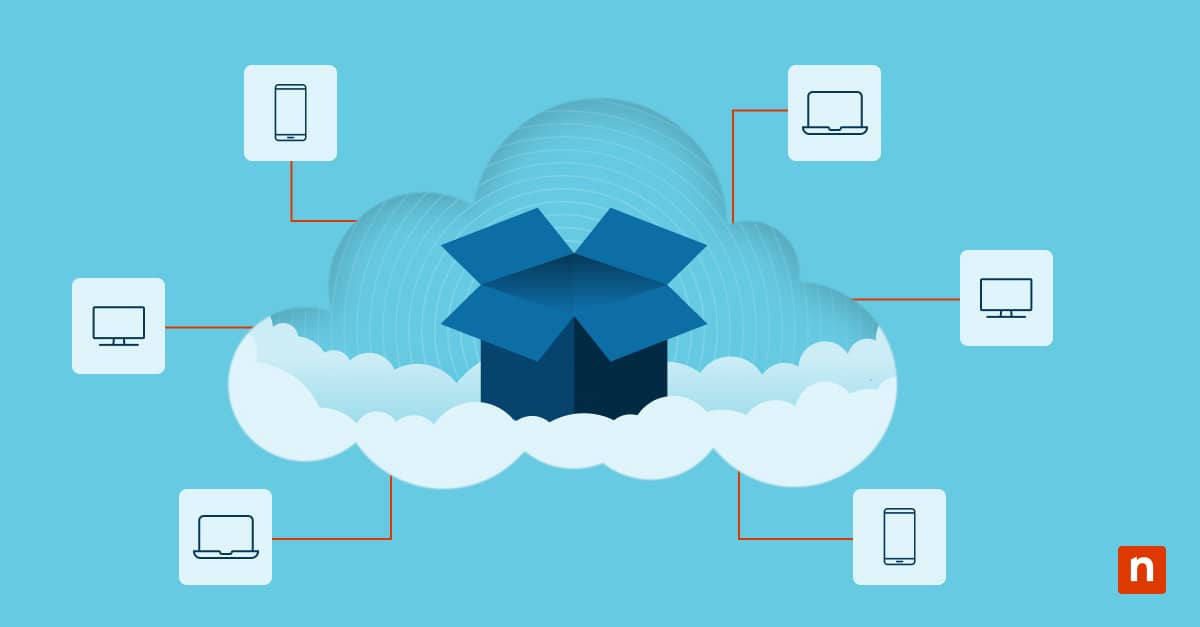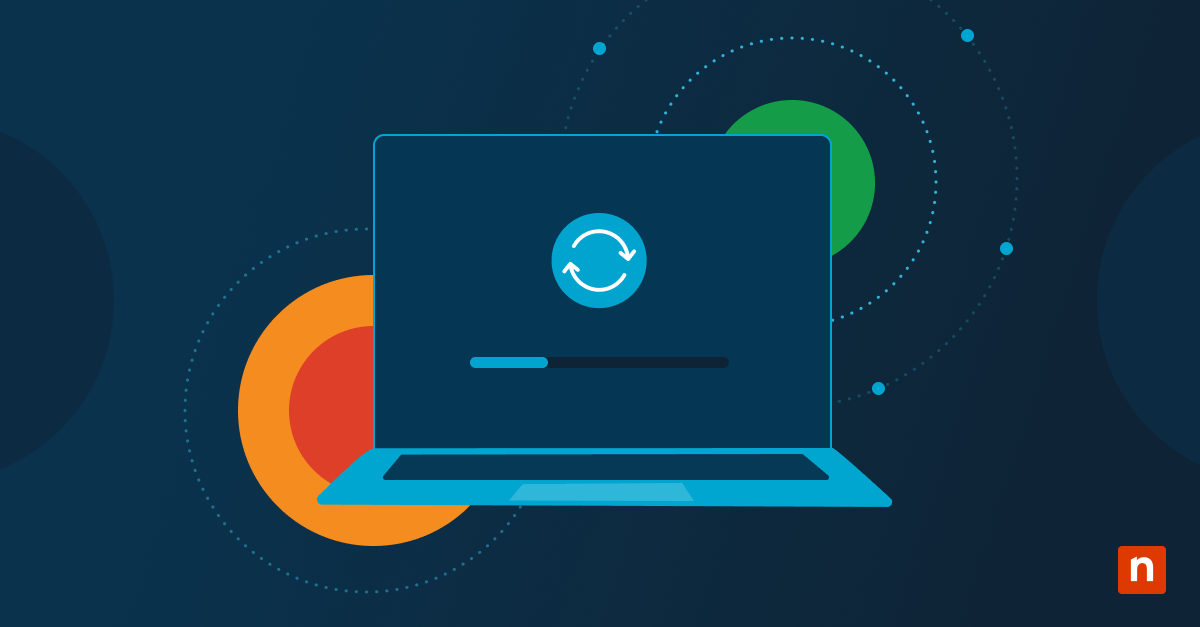Let’s define the differences of system Cloning vs disk Cloning. IT professionals constantly face decisions about the best approach for system deployment, backup, and migration. Two terms that often create confusion are “system cloning” and “disk cloning” — and while they sound similar, they serve different purposes and work in fundamentally different ways. System cloning focuses on capturing and deploying operating system configurations across multiple machines, while disk cloning creates exact bit-for-bit copies of entire storage devices.
Understanding when to use each method can save hours of deployment time and prevent costly mistakes in enterprise environments. This guide breaks down the technical differences, practical applications, and strategic considerations that will help you choose the right cloning approach for your specific needs.
What is disk cloning? Definition and overview
Disk cloning creates an exact, bit-for-bit replica of an entire storage device. This process copies everything on the source drive — operating system files, applications, user data, hidden system areas, partition structures, and even empty space. The result is a complete duplicate that can immediately replace the original drive and boot normally.
The cloning process works at the hardware level, reading every sector of the source drive and writing it to the destination drive. This includes Master Boot Records (MBR), GUID Partition Tables (GPT), and all file system metadata needed for proper operation. Whether you’re using a traditional hard drive or modern SSD, disk cloning preserves the exact storage structure.
How disk cloning works
Disk cloning software for IT typically offers two main approaches. Sector-by-sector cloning reads and copies every sector on the drive, regardless of whether it contains data. This method ensures perfect replication but requires destination drives of equal or larger capacity. File-based cloning intelligently copies only active files and reconstructs the file system on the destination, allowing deployment to smaller drives when sufficient space exists.
Modern cloning tools handle various complexities automatically, including different partition schemes, boot configurations, and hardware compatibility challenges. Advanced features like hardware-independent deployment enable clones to function across different system platforms by automatically injecting appropriate drivers during the process.
Primary disk cloning use cases
Disk cloning is great in scenarios requiring immediate system replacement. Hardware migrations benefit significantly from this approach — you can clone an aging system’s drive to new hardware and have it operational within minutes. Drive upgrades, particularly migrations from traditional hard drives to SSDs, preserve complete system environments while delivering performance improvements.
Disaster recovery represents another critical use case. Unlike traditional backups that require restoration processes, cloned drives can be swapped into replacement hardware immediately. Organizations maintain current clones of critical systems for fast deployment when primary systems fail, minimizing business disruption.
What is system cloning? OS and configuration imaging
System cloning captures and deploys standardized operating system configurations across multiple machines. This approach focuses on the operating system, installed applications, drivers, and system settings while allowing flexibility for different hardware platforms. System cloning creates master images that can be deployed to numerous computers simultaneously.
The process begins by preparing a reference system with the desired operating system version, applications, and configurations. Tools like Microsoft’s System Preparation (Sysprep) utility remove hardware-specific information and unique identifiers, creating a generic image suitable for deployment across different machines. This preparation ensures that deployed systems receive unique computer names, security identifiers, and network configurations.
System imaging vs hardware-specific deployment
System cloning differs fundamentally from disk cloning in its hardware independence. While disk clones replicate specific hardware configurations, system images adapt to different platforms during deployment. This flexibility makes system cloning ideal for organizations with diverse hardware environments or those planning technology refresh cycles.
The deployment process includes driver injection, where the cloning software automatically installs appropriate drivers for the target hardware. This eliminates the compatibility issues that can occur when deploying exact hardware replicas to different system architectures.
Enterprise deployment advantages
System cloning offers major advantages for large-scale deployments. Organizations can create standardized configurations that ensure consistency across hundreds or thousands of machines. This standardization simplifies IT management, reduces support complexity, and ensures compliance with security policies and software licensing requirements.
Network-based deployment capabilities allow for simultaneous installation across multiple machines. Multicast deployment allows a single system image to be distributed to dozens of computers simultaneously, dramatically reducing deployment time compared to individual installations.
System cloning vs disk cloning: key differences explained
The fundamental difference between system and disk cloning lies in scope and flexibility. Disk cloning creates exact replicas suitable for hardware replacement, while system cloning creates adaptable images for mass deployment across diverse hardware platforms.
Scope and coverage comparison
| Aspect | Disk Cloning | System Cloning |
| Data Included | Everything (OS, apps, user data, empty space) | OS, apps, drivers, configurations only |
| User Data | Preserves all existing user files | Typically excludes user data |
| Hardware Dependency | Tied to specific hardware configuration | Hardware-independent deployment |
| Deployment Target | Single machine or identical hardware | Multiple diverse machines |
| Storage Requirements | Full source drive capacity | Compressed image files |
Flexibility and deployment scenarios
System cloning offers superior flexibility for enterprise environments. Images can be deployed to different hardware models, automatically adapting to various system configurations. This adaptability makes system cloning the preferred choice for organizations planning large-scale deployments or those with mixed hardware environments.
Disk cloning provides immediate operational capability but requires careful hardware matching. The clone must be compatible with the destination hardware, particularly for storage controllers and boot configurations. This limitation makes disk cloning more suitable for specific hardware replacement scenarios.
Performance and storage considerations
System images typically consume significantly less storage space than full disk copies. Compression algorithms and the exclusion of user data and empty space can reduce storage requirements by 70-80% compared to complete disk images. This efficiency enables organizations to maintain multiple system images for different configurations without getting overburdened by storage costs.
Deployment speed varies based on the method and network infrastructure. System cloning often deploys faster over networks due to smaller image sizes, while disk cloning may be faster for local operations but requires more time for large capacity drives.
When to choose system cloning or disk cloning
Choosing between system and disk cloning depends on your specific objectives, infrastructure, and requirements. Each method excels in particular scenarios while presenting limitations in others.
Use system cloning for large-scale deployments
System cloning is the optimal choice for organizations using standardized configurations across multiple machines. Educational institutions benefit significantly from this approach when setting up computer labs with identical software configurations. Corporate environments use system cloning for employee workstation provisioning, ensuring consistency while reducing deployment time from hours to minutes per machine.
Technology refresh cycles particularly benefit from system cloning. Organizations can create new standardized images with updated operating systems and applications, then deploy these across entire departments during scheduled maintenance windows. The hardware-independent nature of system images enables smooth transitions to newer equipment while largely avoiding compatibility concerns.
Choose disk cloning for hardware replacement and upgrades
Disk cloning excels when preserving complete user environments during hardware transitions. Individual workstation upgrades, particularly SSD migrations, benefit from this approach because users maintain their exact desktop configurations, installed applications, and personal files. No additional setup or configuration is required after the clone completes.
Server migrations are another prime use case for disk cloning. Critical systems with complex configurations, custom applications, and extensive user data can be migrated to new hardware while maintaining complete operational continuity. This approach minimizes business disruption and eliminates the risk of configuration errors during manual transitions.
Backup and recovery strategy considerations
For disaster recovery, disk cloning can get operations back up and running immediately. Cloned drives can be installed in replacement hardware and operational within minutes, supporting aggressive recovery time objectives. Organizations often maintain current clones of critical systems for rapid deployment when primary systems fail.
System cloning serves backup purposes differently, focusing on configuration preservation rather than data recovery. Organizations can maintain system images as templates for rebuilding compromised systems or rapidly provisioning replacement workstations. This approach works best when combined with separate data backups.
Hybrid approaches for comprehensive coverage
Many organizations implement both methods, leveraging their individual strengths. System cloning handles mass deployments and standardization, while disk cloning addresses individual hardware replacement and critical system backup needs. This combination provides comprehensive coverage for different scenarios while optimizing resource utilization and efficiency.
Overview of top cloning tools for system and disk imaging
Choosing the right cloning tools depends on your specific requirements, budget constraints, and IT environment. Different tools stand out in particular scenarios while offering varying levels of complexity and functionality.
System cloning and deployment tools
Microsoft System Preparation (Sysprep)
Considered the gold standard for Windows system cloning, this built-in utility removes hardware-specific information and unique identifiers from Windows installations, creating deployable system images. Sysprep integrates seamlessly with Windows Deployment Services (WDS) and Microsoft Deployment Toolkit (MDT) for enterprise-scale deployment.
Sysprep’s primary advantage lies in its deep Windows integration and licensing compatibility. The tool handles Windows activation properly and ensures that deployed systems receive unique security identifiers and computer names. However, Sysprep requires technical expertise and doesn’t provide user-friendly interfaces for less experienced administrators.
Microsoft Deployment Toolkit (MDT)
This tool expands Sysprep with comprehensive deployment automation. MDT provides wizards for creating deployment images, automating driver injection, and managing application installations during deployment. The platform supports both lite-touch and zero-touch deployment scenarios, enabling flexible implementation based on your requirements.
FOG Project
This platform delivers open-source system deployment with web-based management interfaces. FOG also supports multicast deployment, hardware inventory management, and automated task scheduling. The FOG platform excels in educational environments and organizations seeking cost-effective deployment solutions without commercial licensing fees.
Comprehensive disk cloning solutions
Clonezilla
Clonezilla remains the most widely adopted open-source disk cloning platform. Clonezilla Live provides bootable environments for single-machine cloning, while the Server Edition supports multicast deployment across network infrastructure. The platform handles various file systems and offers both file-based and sector-by-sector cloning options.
Clonezilla’s feature set includes compression, encryption, and network storage integration. However, the command-line interface requires technical expertise that may challenge less experienced users. The free licensing makes Clonezilla particularly attractive for budget-conscious organizations and educational institutions.
Acronis True Image Enterprise
This tool delivers sophisticated drive cloning with user-friendly interfaces designed for professional environments. The platform combines disk cloning with advanced backup features, offering a system migration tool with hardware-independent deployment. Centralized management simplifies administration across distributed infrastructure.
Acronis provides superior technical support and documentation compared to open-source alternatives. The commercial licensing includes regular updates and compatibility testing across diverse hardware platforms, making it suitable for organizations requiring reliable vendor support.
Macrium Reflect Business
This platform offers comprehensive cloning and imaging with professional-grade features. Macrium includes differential and incremental imaging that supports ongoing system protection beyond initial deployment. Enterprise management features allow for centralized administration of multiple installations.
Macrium’s hardware-independent deployment features support cloning across diverse system platforms without driver compatibility issues. The commercial platform includes technical support and regular updates that ensure compatibility with newer hardware and operating system versions.
Specialized and enterprise platforms
- Acronis Snap Deploy focuses on simultaneous system deployment across multiple machines. This enterprise platform supports various deployment scenarios including multicast distribution and automated driver injection. Integration with Acronis backup products provides comprehensive system lifecycle management.
- ManageEngine OS Deployer integrates cloning with comprehensive IT infrastructure management platforms. Hardware-independent deployment and automated configuration management support enterprise deployment requirements while providing centralized monitoring and reporting.
In summary
Understanding the differences between system cloning and disk cloning is the first step in better decision-making for deployment, backup, and migration scenarios. System cloning provides the flexibility and efficiency needed for large-scale standardized deployments, while disk cloning offers complete system preservation for hardware replacement and individual backup needs.
Most organizations benefit from implementing both approaches strategically rather than choosing exclusively between them, but success with either method requires careful planning and thorough understanding of licensing and compatibility requirements.
With that in mind, organizations that invest in proper cloning strategies can gain significant advantages through reduced deployment times, improved system consistency, and enhanced disaster recovery times.








